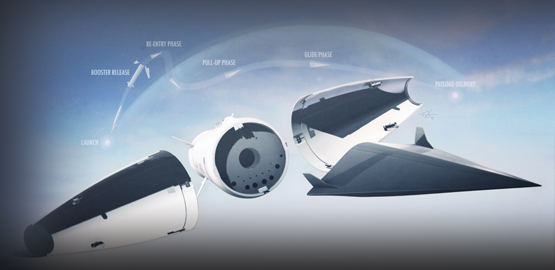Publications
"Nobody does defense policy better than CSBA. Their work on strategic and budgetary topics manages to combine first-rate quality and in-depth research with timeliness and accessibility—which is why so many professionals consider their products indispensable." – Gideon Rose, Editor of Foreign Affairs, 2010-2021
Relook Playbook: Defense Budgeting Insights From a CSBA Rebalancing Exercise
In February 2025, Defense Secretary Pete Hegseth directed the Pentagon to reexamine the 2026 budget request, which has been drafted but not sent to Congress, to ensure that it reflected the Trump administration’s priorities. Specifically, he tasked the military departments and defense agencies with identifying lower-priority activities totaling 8 percent of their projected annual budgets from 2026 to 2030. These lists of potential cuts will create a substantial pool of money available for potential reallocation.
The Lost Art of the Bargaining Chip? The Case for Gaining Negotiating Leverage for Nuclear Arms Control With Russia and China
Over the past decade, as Russia and China have enhanced their nuclear capabilities, the United States has sought to negotiate arms control arrangements that would avoid a new nuclear arms race. So far, however, those efforts have proven unsuccessful. As a result, Washington is on track to confront an authoritarian axis of two nuclear peer competitors over the next decade. Meanwhile, its planned nuclear posture still reflects a far more benign threat environment.
Focused Force: China’s Military Challenge and Australia’s Response
China’s ambitions, assertiveness, and massive military expansion have stimulated a major shift in Australia’s defense policy. From the AUKUS partnership to new allied posture arrangements to the acquisition of long-range strike capabilities, Australia is carrying out a series of ambitious initiatives to strengthen deterrence. Canberra has further called on the Australian Defence Force (ADF) to become a “focused force” designed to deal with the highest-order dangers. As Australia undergoes this strategic reorientation, it confronts weighty investment and divestment decisions that could have lasting consequences for force structure and posture.
Putting It All Together: The 2025 Defense Budget Request, Alternative Budget Proposals, and NATO Spending
With a new administration and new Congress entering office, experts from across the political spectrum have introduced competing proposals for future U.S. defense budgets. The most noteworthy aspect of these proposals is the extraordinary degree to which they differ. One issue driving the differences is NATO military spending. Much attention has centered on NATO members devoting at least 2 percent of their GDP to defense. Despite this attention, research has rarely projected the additional funding and forces that could be generated if all NATO countries met the 2 percent of GDP benchmark—or a higher target.
More of the Same? The Future of the Russian Military And Its Ability to Change
Assessing the type of threat that Russia is likely to pose in the aftermath of the war in Ukraine is a critical challenge for the United States and its allies. What will the Russian military look like in the future? Some argue that the Russian military will remain a significant threat – and perhaps become a very different and even more serious one. This argument holds that the Russian military will reconstitute in a relatively short time frame and may reform according to lessons learned during the war in Ukraine. Others argue that the Russian military will pose a far less formidable conventional threat going forward. Not only has the war against Ukraine exposed fundamental weaknesses in the Russian military, the argument goes, but Moscow’s ability to address those weaknesses will be limited by available manpower, sanctions, and export controls.
Strengthening the Phalanx: Layered, Comprehensive, and Distributed Air and Missile Defense in the Indo-Pacific
One of the most critical operational challenges the United States is likely to confront in a future conflict, particularly in the Indo-Pacific theater, is the threat of massed precision-guided air and missile attacks on overseas ports, bases, and other vital facilities. DoD has invested significant resources to defend against ballistic missile attacks on the United States, as well as its forward bases and forward-operating forces. However, it cannot still defeat large numbers of ballistic missiles, cruise missiles, and unmanned aerial systems.























